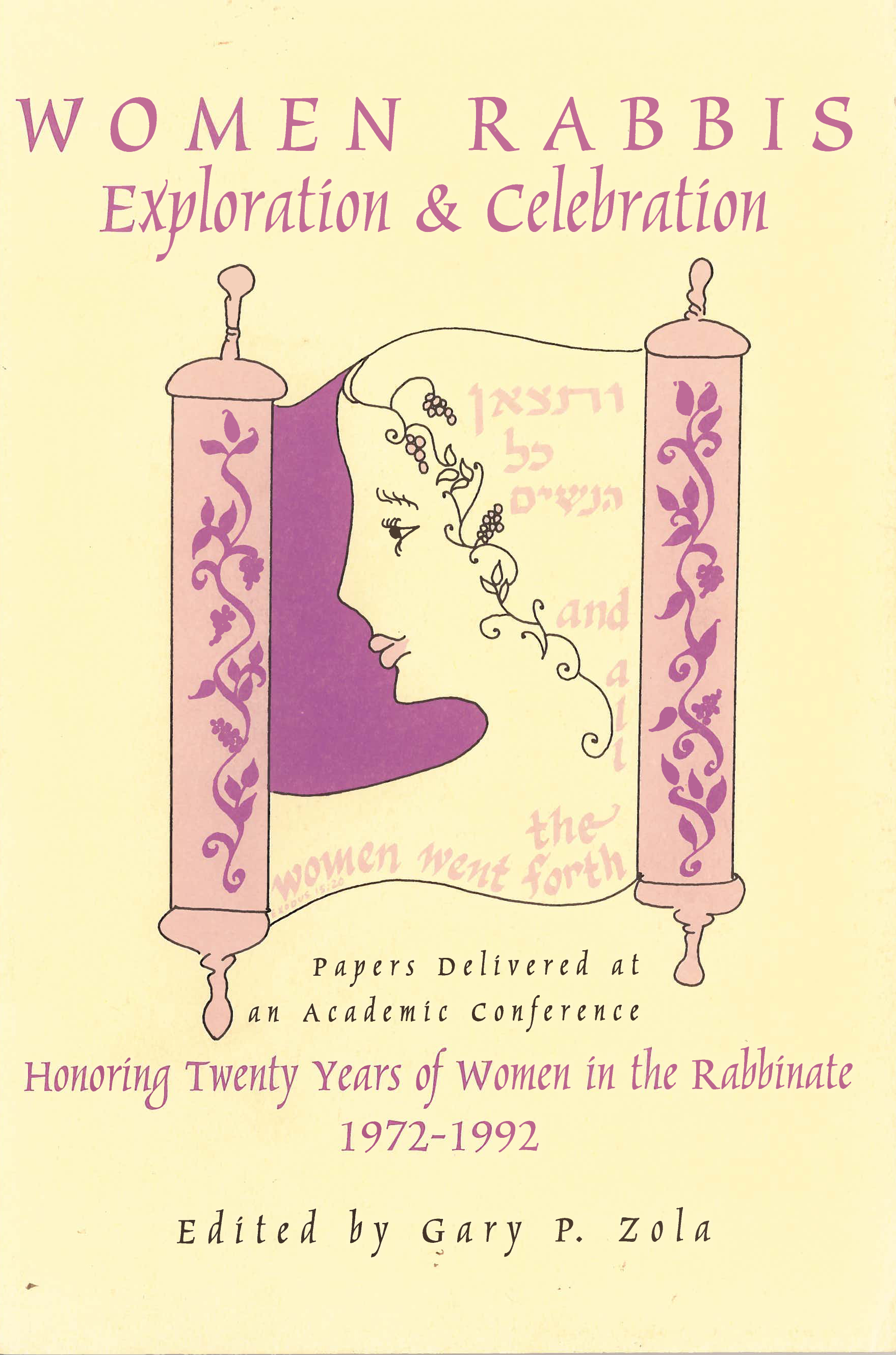Edited by Gary P. Zola
In 1972, twenty-six-year-old Sally Jane Priesand from Cleveland, Ohio became the first in a line of women rabbis to receive ordination from the faculty of a rabbinical seminary. She was not first woman to study: nearly one hundred years earlier, Julia Ettinger had studied with Hebrew Union College’s founder and first president, Isaac Mayer Wise. And HUC had formally agreed to ordain women fifty years before Priesand’s ordination. But unprecedented transformations quickly swept over American Jewish life in the wake of Priesand’s ordination. Women began to flourish in the American rabbinate. In just two decades, they comprised one-half of the student body in the Rabbinic School of the Hebrew Union College-Jewish Institute of Religion, one-half of the student body of the Reconstructionist Rabbinical College, and approximately one-third of the student body of Jewish Theological Seminary.
This collection of essays, written by distinguished rabbis and scholars, seeks to examine the significance of women in the modern rabbinate. The essays address the history of women’s journey to ordination; how the existence of women rabbis changed and challenged Reform Judaism and the larger Jewish community; the impact this transformation of the rabbinate had on liturgy and theology, Jewish identity, and Jewish communal leadership; and how women rabbis might affect the future of the rabbinate, congregational life, and Jewish communal life in the twenty-first century. The authors trace the history of women in the rabbinate, the present impact of women rabbis, and possible trajectories in this changing face of Judaism.
Table of Contents
Gary P. Zola is the Executive Director of The Jacob Rader Marcus Center of the American Jewish Archives and Professor of the American Jewish Experience at HUC-JIR, Cincinnati.

